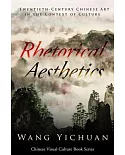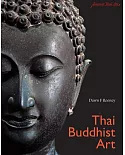Gabriel Metsu (16251667) employed an unusual variety of styles, techniques, and subjects, making him a particularly difficult artist to characterize. From his early days in Leiden until his
death in Amsterdam at the height of his career, his unparalleled mastery of the brush allowed him to paint a remarkable range of history paintings, portraits, still lifes, but most of all,
exquisite genre paintings. And whatever his subject matter, his work reveals an unrivalled talent for imbuing figures with a human and personable character.
During the 18th and 19th centuries, Metsu held a place as one of the most celebrated painters of the Dutch Golden Age, and his works were acquired for noble collections throughout Europe,
while his contemporary Johannes Vermeer was almost unheard of. In the 20th century their positions were reversed as Vermeer’s reputation soared. This enlightening book resituates Metsu as one
of the leading genre painters of his time. It offers a portrait of the age through his patrons and his wide network of contacts and colleagues in Amsterdam, as well as analysis of Metsu’s
technique as a draftsman and as a painter, and it documents the fashions and fabrics of the time through his work.





















